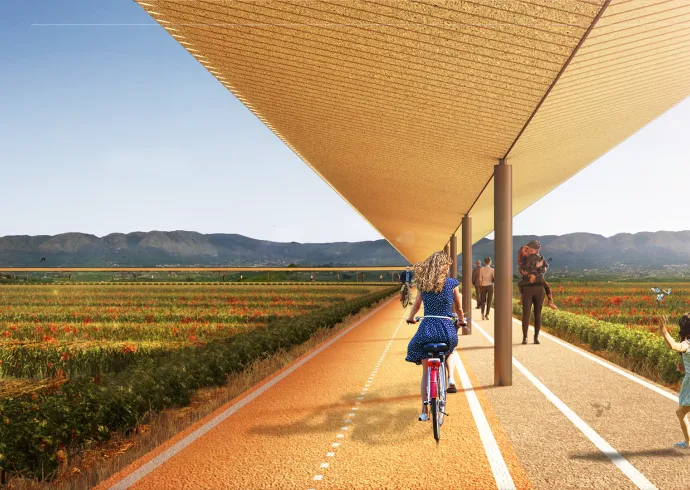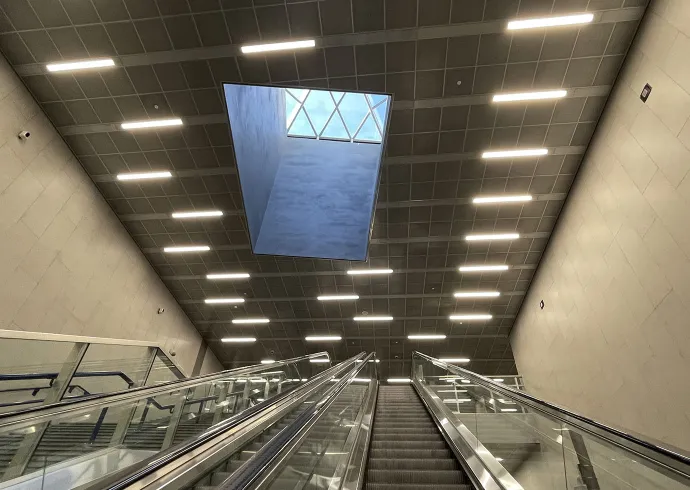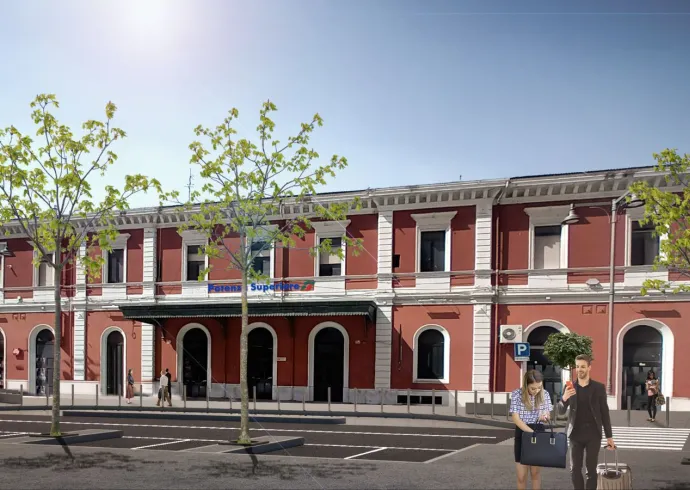Projects menu
Expertise menu
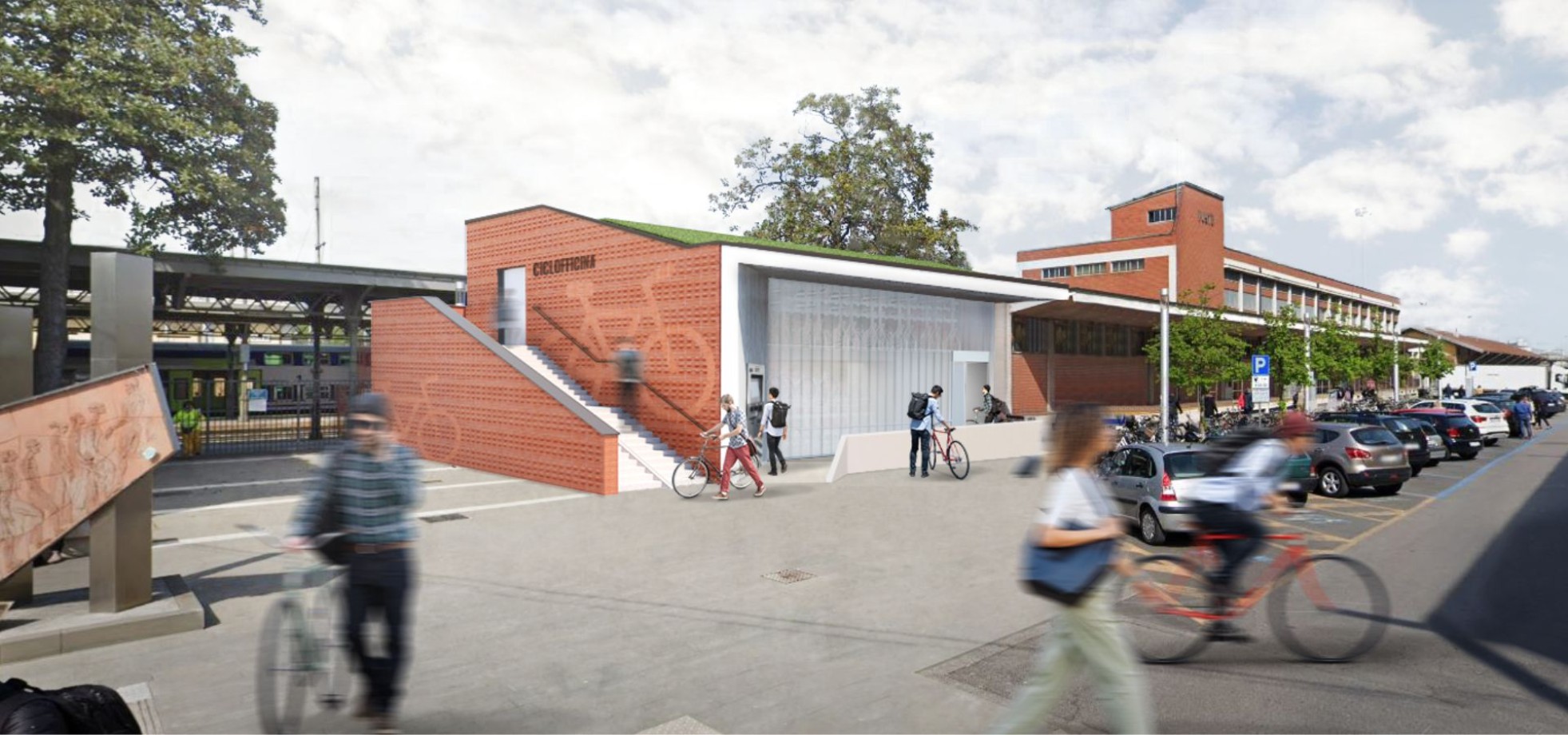
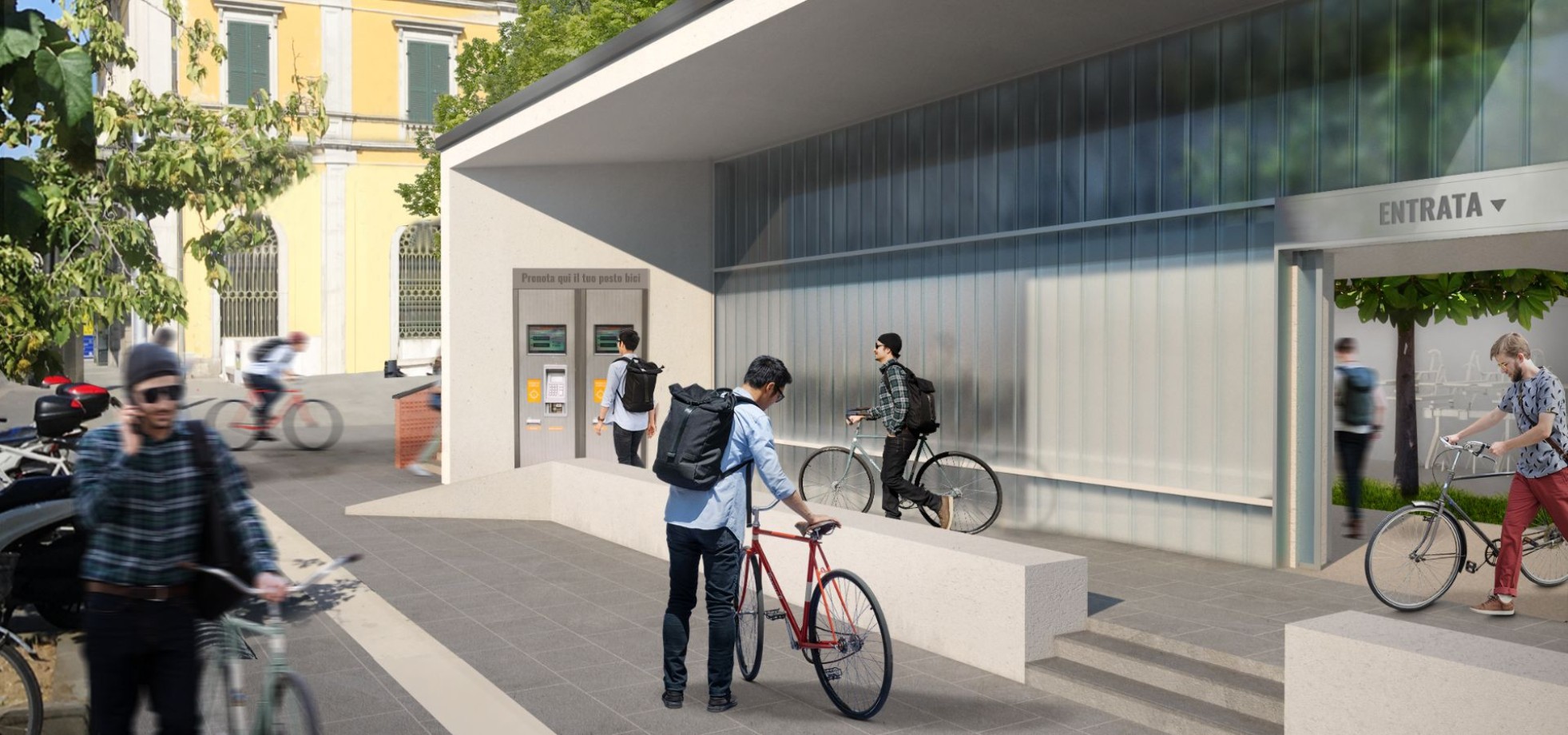
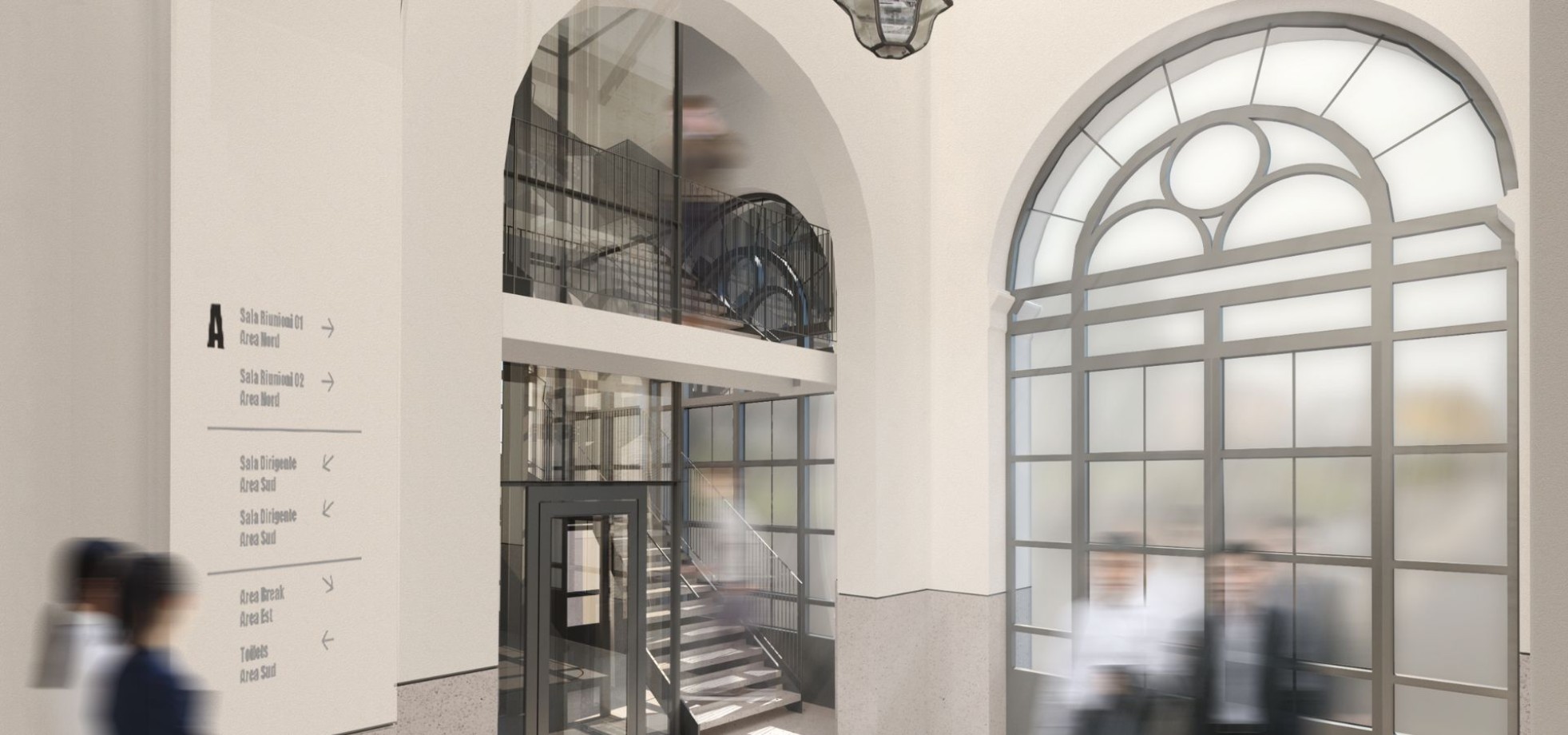
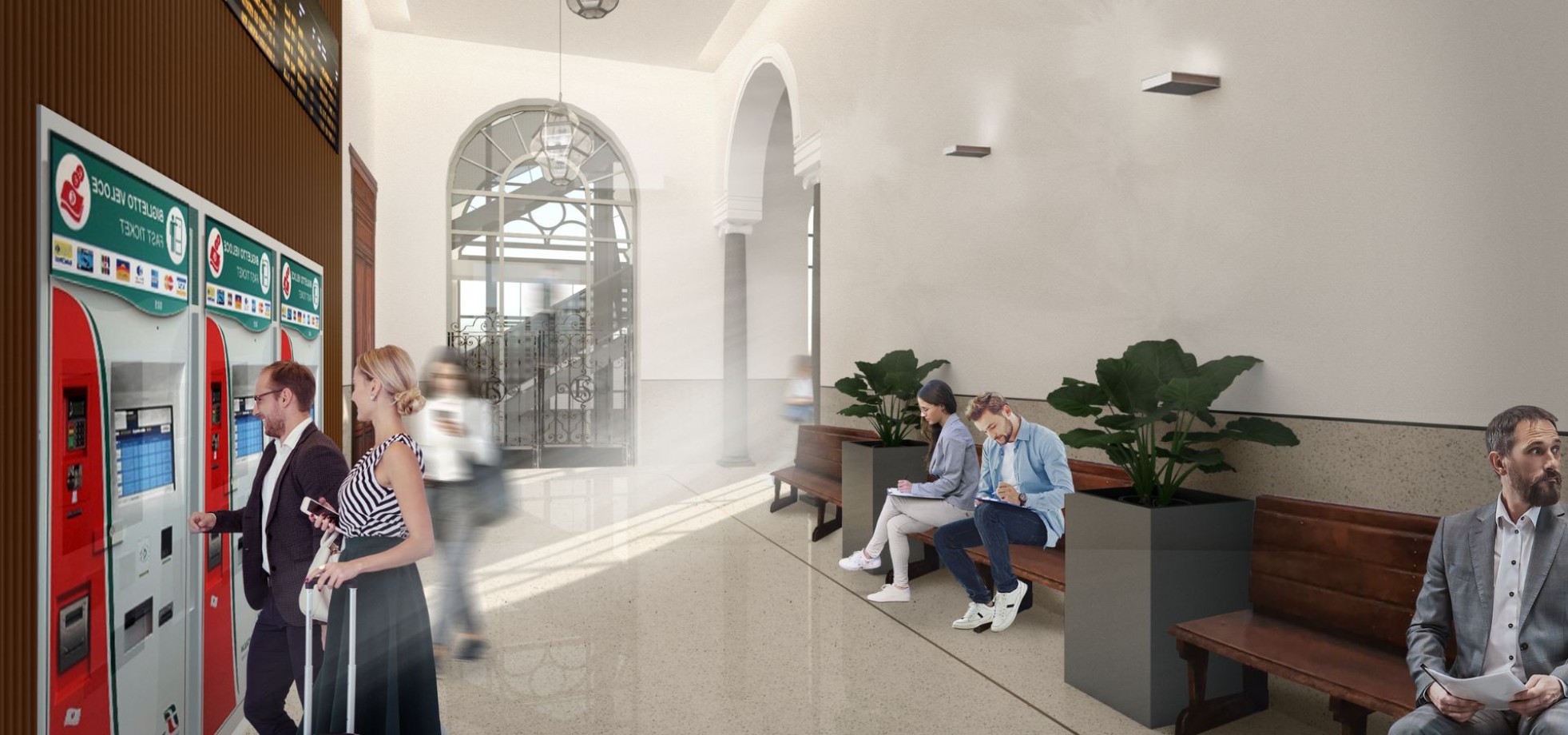
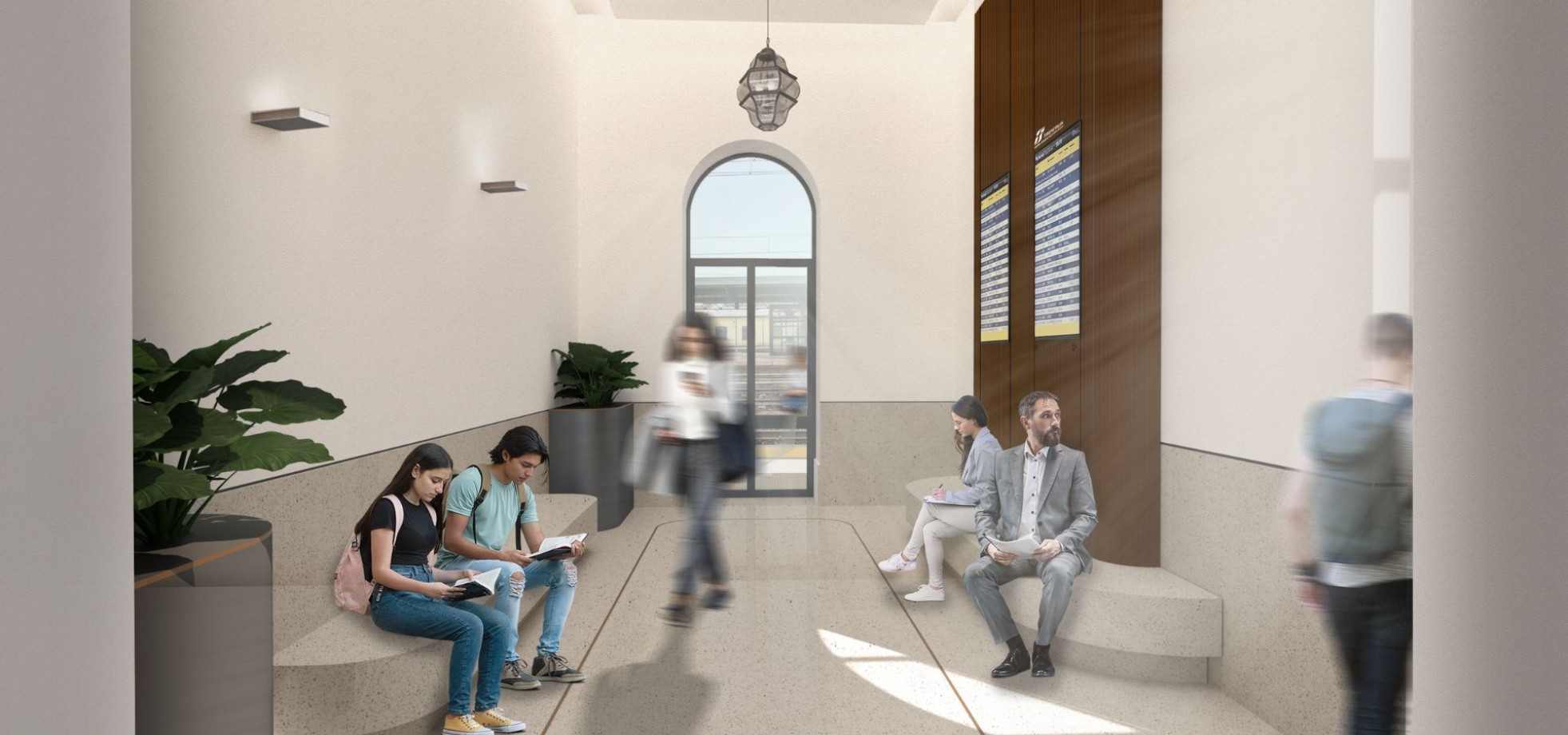
Cremona Station
Cremona, with approximately 72,000 inhabitants, is located in a strategic area of the Po Valley. The station is well connected to major nearby cities, including Milan and Brescia, and is situated in a historically and scenically significant context. However, the area does not present particular landscape constraints but is subject to hydrogeological and seismic restrictions. Additionally, the station is protected as a cultural heritage site.
The project to redevelop the Cremona station, including the restoration of the Passenger Building and the construction of a modern bicycle station, pays homage to the harmony between history and sustainability – a dialogue between the past of an ancient city and its aspiration for contemporary and green mobility. Here, the project does not merely intervene in the spaces but seeks to establish a new perspective on what a station can represent for the community and the environment, respecting cultural, seismic, and hydrogeological constraints.
The Passenger Building, with a history dating back to 1926 and traces of its original late 19th-century configuration, is at the heart of this transformation. The restoration focuses on historical elements of value, such as granite columns and iron fixtures, which reflect the identity of the place and its continuous dialogue between function and beauty. The internal and external redevelopment not only adds new openings and improves accessibility but reinterprets the spaces to host cultural and commercial activities, reaffirming the station’s role as a point of connection and urban vibrancy.
A new bicycle station, symbolizing the project's sustainable focus, emerges as a natural extension of the historic post office building facing the station square, echoing its strong architectural and compositional features, both in terms of alignments and material choices. The building enhances the west façade of the post office structure, rising around the existing magnolia tree. The two-story structure will accommodate bicycles and electric vehicles, promoting intermodal and integrated mobility. Photovoltaic panels and water collection systems are not merely technical details but tangible gestures of respect for the land and its resources.
The external facades of the Passenger Building, seismically upgraded and restored through targeted interventions, regain their original harmony, blending structural safety and aesthetics in a building that seeks to preserve its authenticity while opening new perspectives.
Other projects
